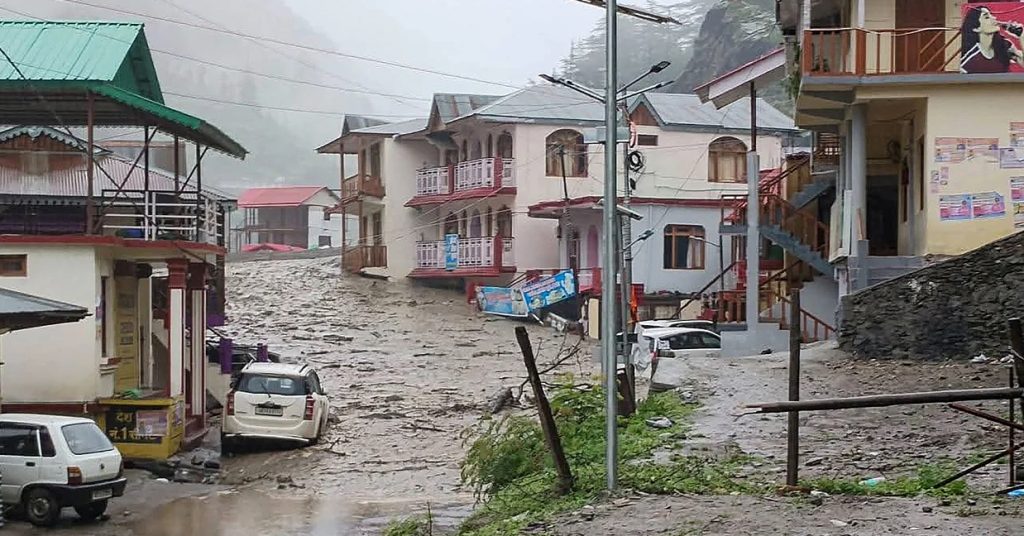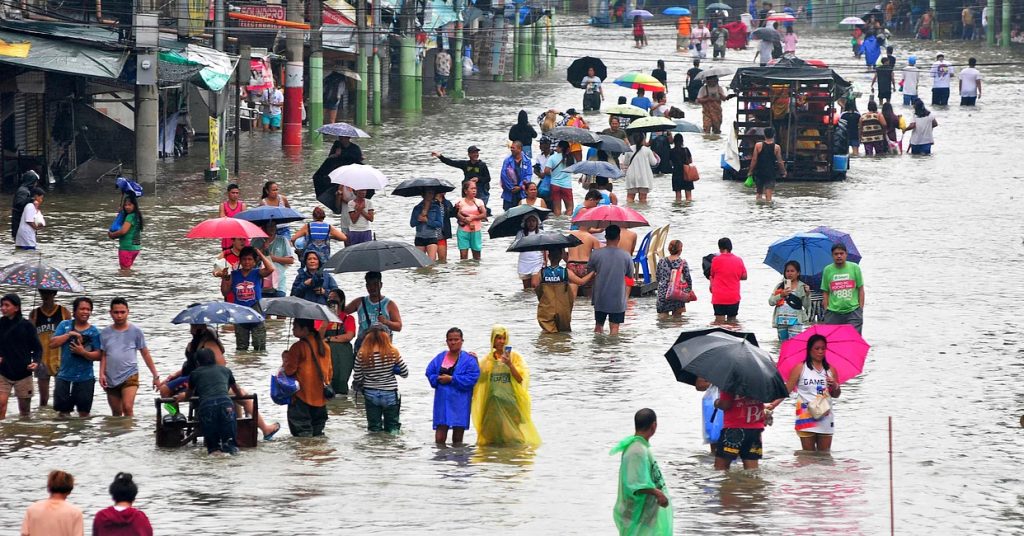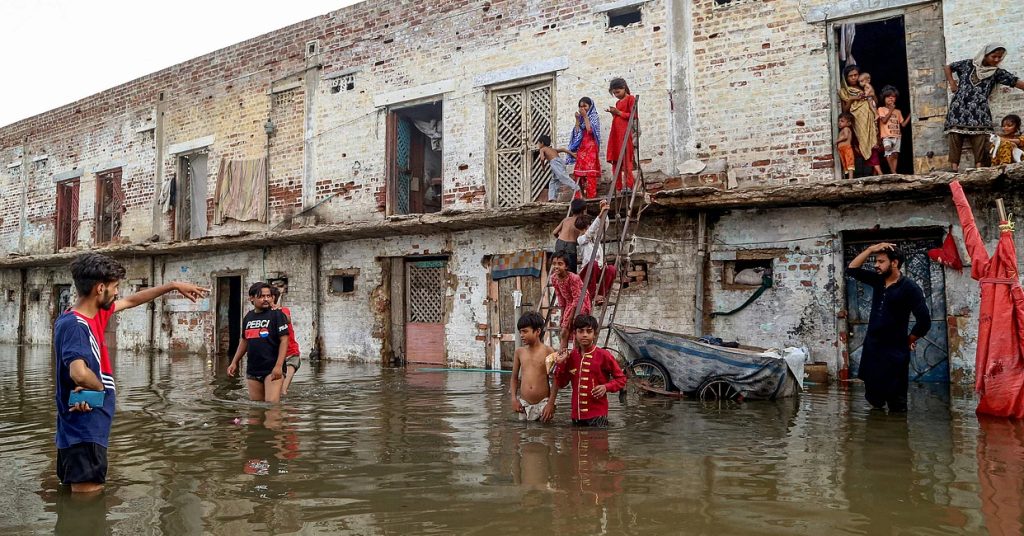AFP
Last month ended the third-warmest July on record globally, but many regions are still experiencing extreme weather, exacerbated by global warming and climate change, the European Climate Monitoring Service said on Thursday.
Heavy rains have caused flooding in northern Pakistan and China, fires caused by a prolonged drought are struggling to be contained in Canada, Scotland, and Greece, and many countries in Asia and Scandinavia have set new records for average temperatures in July.
“This global temperature trend has stopped two years after the hottest July on record,” Carlo Buontempo, director of the European Union’s Copernicus Climate Change Service, said in a statement. “But that does not mean that climate change has stopped. We are still seeing the effects of a warming world.”
Diminishing confusingly
Like last June, temperatures in July also fell slightly compared to the previous two years, averaging 1.25 degrees Celsius higher than during the pre-industrial era (1850-1900).
Temperatures rose by more than 1.5 degrees Celsius in 2023 and 2024, exceeding the ‘safe levels’ set in the 2015 Paris Agreement.
But this relatively small increase has had a significant impact on the world. Storms, heat waves, and other extreme weather events have become more deadly and destructive.
“We also saw the effects of warming in July, with extreme heat waves and catastrophic flooding,” said Carlo Buontempo.

Last month, temperatures exceeded 50 degrees Celsius in the Gulf region, Iraq, and Turkey for the first time, while heavy rains killed hundreds of people in China and Pakistan.
A Spanish government agency said more than 1,000 people died in the country in July due to heat waves, but that was half the number compared to the same period last year.
The main cause of the temperature rise is the increase in carbon dioxide. And scientists have identified that carbon dioxide levels are increasing due to the use of fossil fuels: oil, coal, and gas.
“If we don’t quickly stabilize greenhouse gas concentrations in the atmosphere, the consequences will not only be new records, but even worse,” Buontempo warned.

Regional diversity
Global average temperatures are calculated based on data from satellites and weather stations on both land and sea, and Copernicus has been using this data since 1940.
AFP analysis shows that while July was warmer in some regions than in previous years, at least 11 countries recorded their warmest July in half a century, including China, Japan, North Korea, Tajikistan, Bhutan, Brunei, and Malaysia.

Photo: AFP
In Europe, the Nordic countries experienced an unprecedentedly long period of heat. In Finland, temperatures were above 30 degrees Celsius for more than 20 days.
AFP analyzed data from the European Drought Observatory (EDO) and found that more than half of Europe and the Mediterranean region experienced the worst drought in the first half of July since monitoring began in 2012.
In contrast, temperatures in North and South America, India, Australia, parts of Africa, and Antarctica were below normal in July.

The sea is still too warm.
Last July was also the third warmest month on record in terms of average sea surface temperatures. However, this record was broken locally in several sea areas, such as the Norwegian Sea, parts of the North Sea, and the North Atlantic Ocean west of France and Britain.
Arctic sea ice extent was 10 percent below average, the second lowest recorded for July in 47 years of satellite observations, roughly on par with 2012 and 2021.

Photo: AFP
Melting sea ice not only raises sea levels; it also melts the snow and ice that reflect sunlight, reflecting almost all of the sun’s energy back into space, turning it into a dark blue ocean that absorbs too much heat.
The ocean absorbs 90 percent of the excess heat generated by global warming. Antarctica’s ice extent in July this year was the third lowest on record.


